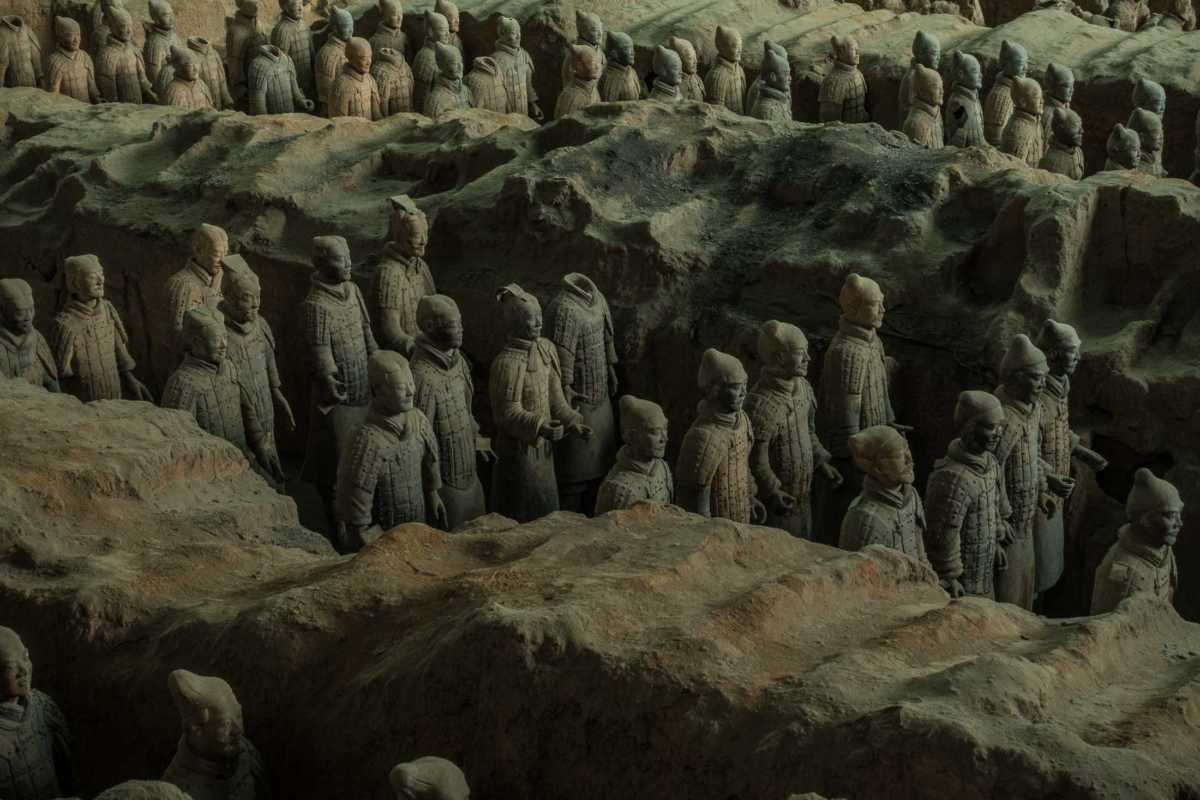
I was prepared not to like the Terracotta Warriors of Xian. Despite the fact that everyone has already seen images of the thousands of clay figures, I was more than slightly skeptical as to whether seeing them would be worth the effort it takes to get to Xian from Beijing.
We got up very early yesterday to fly to Xian. A rather miserable two hour flight, preceded by an hour on a bus in Beijing morning rush traffic, and followed by another hour and a half in Xian traffic to get to the hotel here. And that doesn't even count the air of both Beijing and Xian, which is literally painful to breathe.
And, the prospect of getting up even earlier tomorrow to fly again made the long detour to Xian even more of a pain.
But, honestly, I'm glad we did it.
The site is spectacular.
First is its size. The first, and main, pit, which is 230 meters (750 ft) long and 62 meters (203 ft) wide, contains the main army of more than 6,000 figures. It is enclosed by an airplane hanger-like arched building, with a windowed roof and sides that allows light into the site.
The second is the marvel of the original achievement itself. Qin Shi Huang, the first emperor of a united China in the Third Century BCE, ordered the army to be built to protect his own burial mound a couple of kilometers away. So far, over 6000 figures, including soldiers, horses, and chariots have been discovered in three pits.
And third, the marvel of the preservation and reconstruction of the figures since their discovery in 1974 by a farmer who was digging a well in his field. Think about it. Thousands of clay figures, covered in dirt for 2300 years. Most of them broken or rotted away. The achievement of the archeologists and the Chinese government to bring these figures back to life, so to speak, is astonishing.
So, if you ask yourself, is it worth it to go so far out of your way, and to subject yourself to Chinese airport security twice, to see the Terracotta Soldiers, you should answer yes. Because it really is one of the more impressive accomplishments of man and will that you will ever see.
Here are some of my shots from the main pit. The second and third pits are smaller, and not as well excavated. Attached to the second pit is a small museum where you can get close to a few of the warrior examples preserved in glass displays. And, even more extraordinary than the warriors themselves is a sword, coated in chromium 2300 years ago that is still sharp. That's a metallurgical accomplishment not equalled in the West until the 20th Century.
Kris and I visited China as part of a tour and cruise on Viking River Cruises.
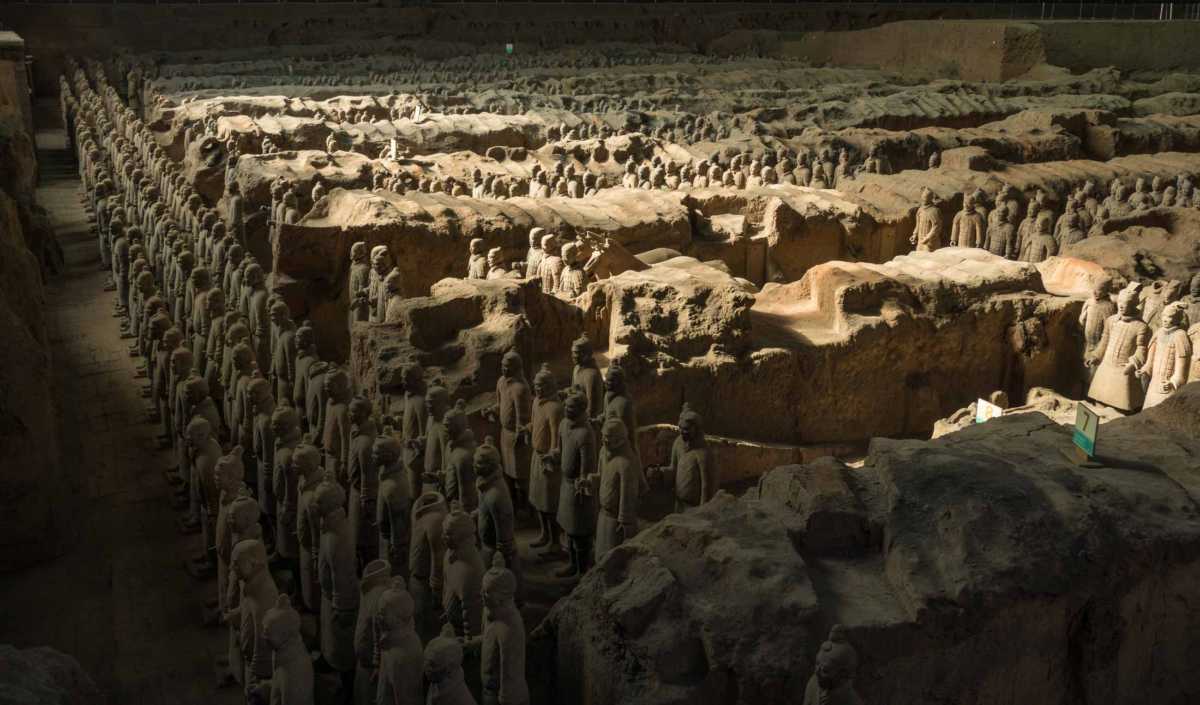
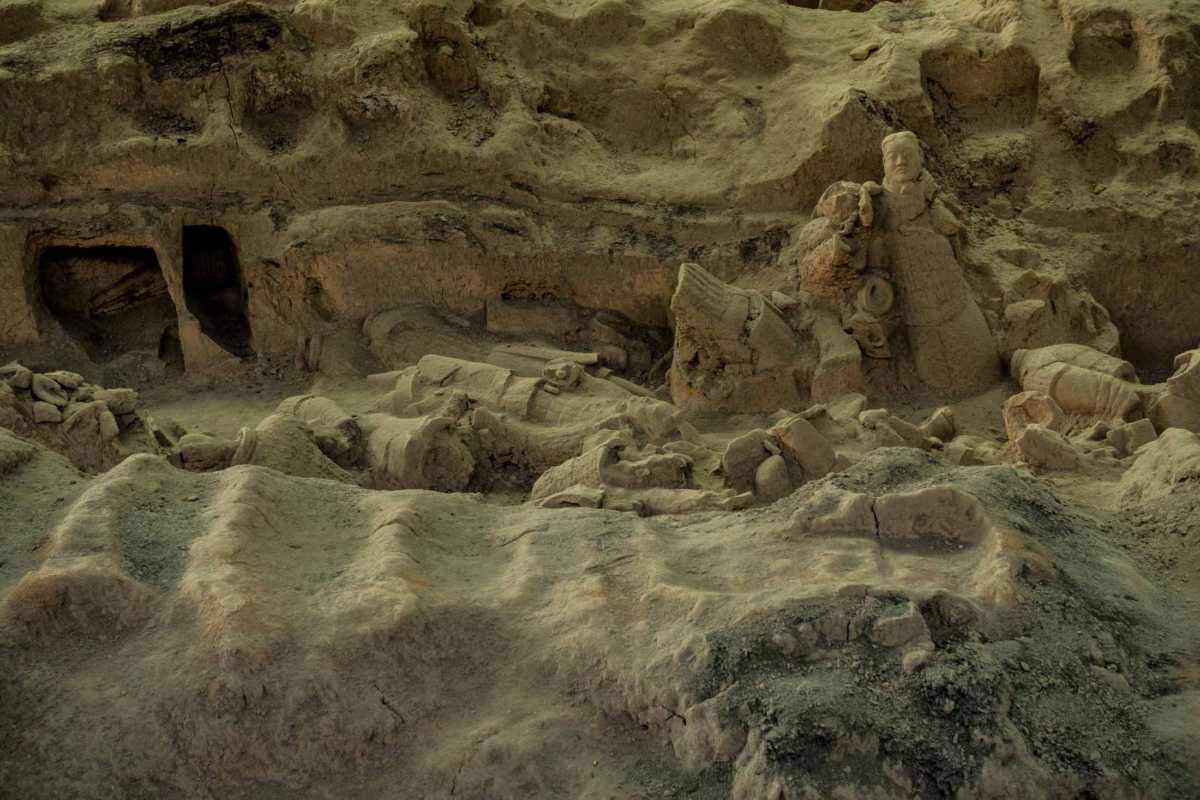
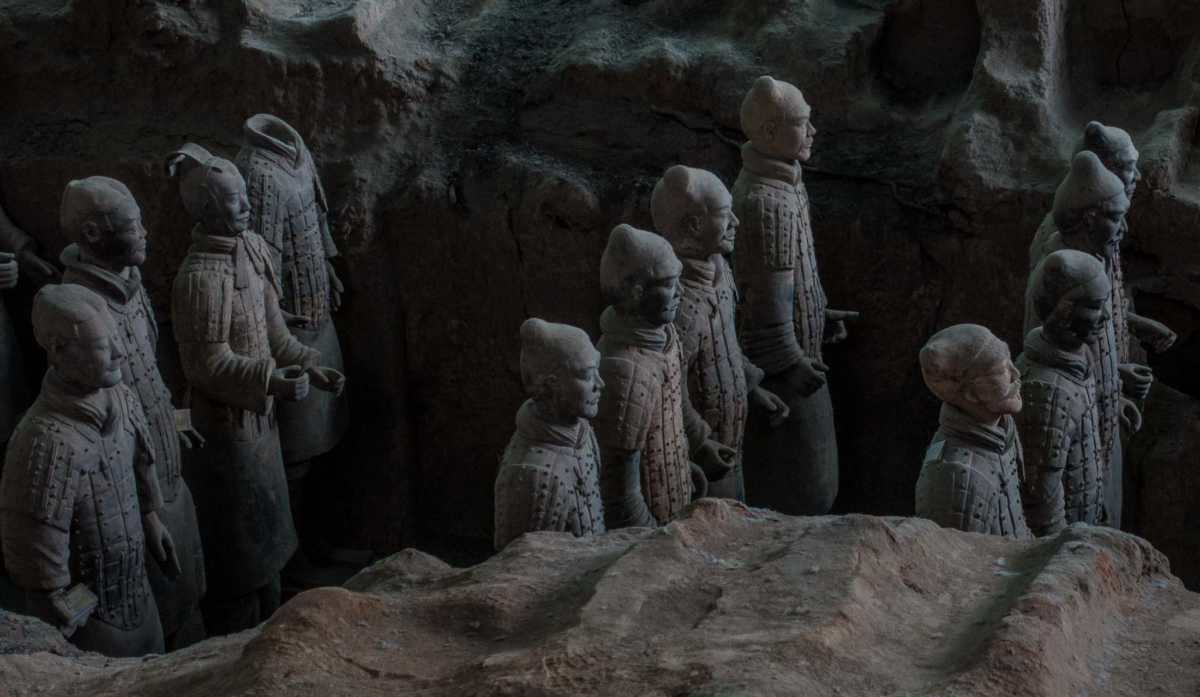
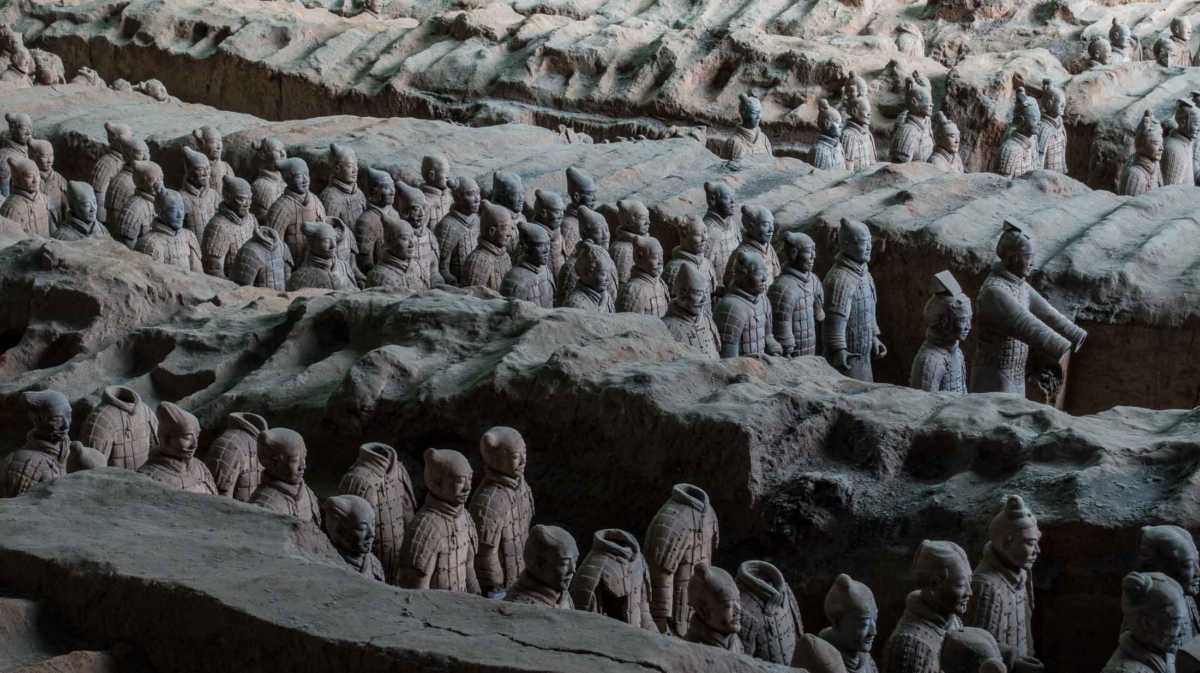
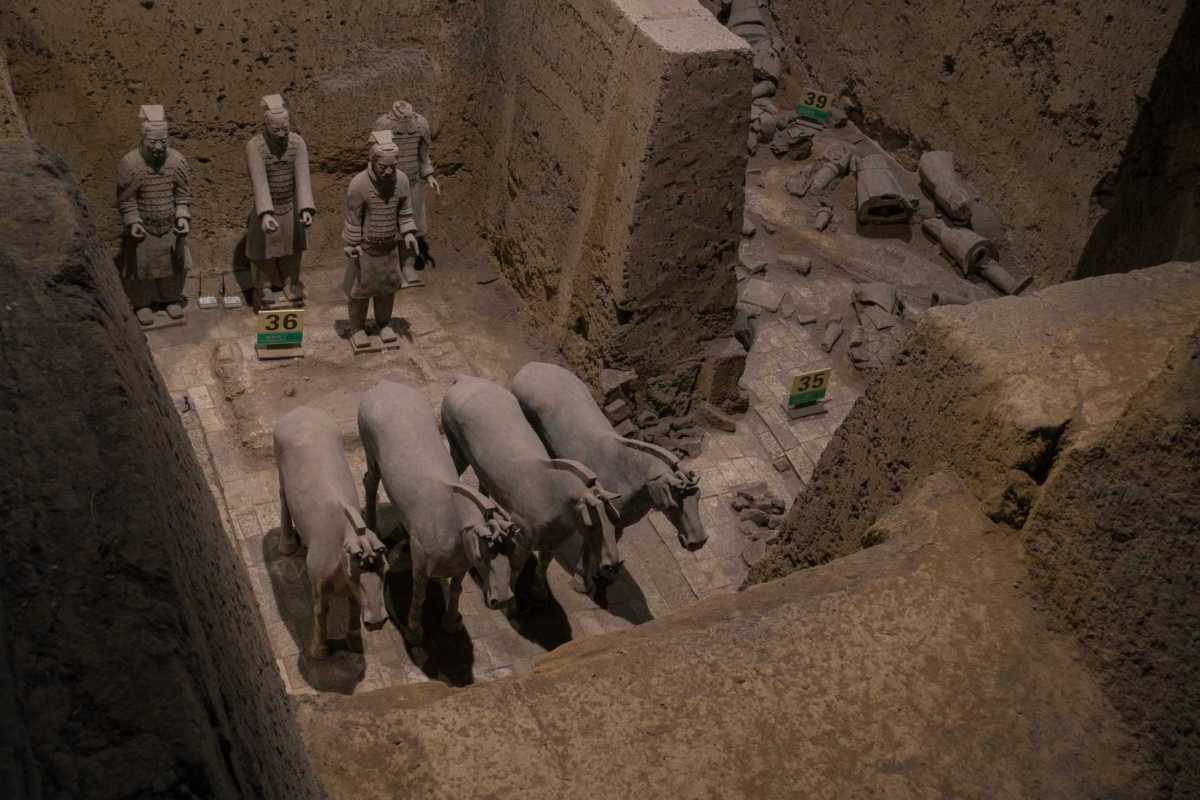
Up Your Travel Skills
Looking to book your next trip? Use these resources that are tried and tested by us. First, to get our best travel tips, sign up for our email newsletter. Then, be sure to start your reading with our Resources Page where we highlight all the great travel companies and products that we trust. Travel Accessories: Check out our list of all the accessories we carry to make getting there and being there a lot easier. Credit Cards: See our detailed post on how to choose the right travel rewards credit card for you. Flights: Start finding the very best flight deals by subscribing to Thrifty Traveler. Book your Hotel: Find the best prices on hotels with Booking.com. See all of the gear and books we like in one place on our Amazon shop.Got a comment on this post? Join the conversation on Facebook, Instagram, or Threads and share your thoughts!


Comments are closed.